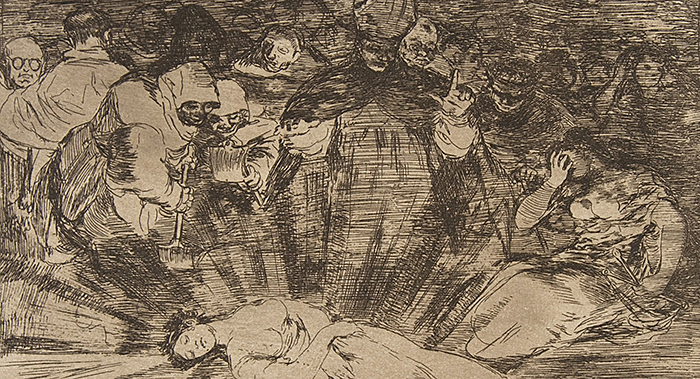Dark-, Counter-, and Anti-Enlightenments

Summary
It is now commonly agreed that the European Enlightenment was plural and contested, and that it took different forms in different European centres. In this period, secularism develops alongside religious tolerance; and the Age of Reason is jostled by movements such as the occult Enlightenment (Monod), the Rosicrucian Enlightenment (Yates), and the beginning of the evangelic revival, led by the Wesleys, Whitefield, and Edwards. Even the boundaries between the Enlightenment and Counter Enlightenment, with the latter commonly represented by important strands of Romanticism, are not nearly as clear cut as once was assumed. None of this should surprise us. As Judith Shklar writes, the Enlightenment was ‘a state of intellectual tension rather than a sequence of similar propositions’.
Recognition of the heterogeneity of Enlightenment allows us to sidestep simplistic rejections of Enlightenment, whether of the right or the left, while also exploring the flourishing and critique during this period of dark-, counter-, and anti-Enlightenments. As we want to suggest, the contemporary epidemic of fake news and the development of the alt-right and ‘Dark Enlightenment’ (NRx) movements have strong precursors not just in (certain interpretations of) the work of Nietzsche and Heidegger (Beiner) but also in the strands of late-18th and early-19th century thought.
Projects related to this theme
- Climate Science Denialism and its populist Analogs
- The Past and Present of Sugar
- Theorising the online anti-public sphere